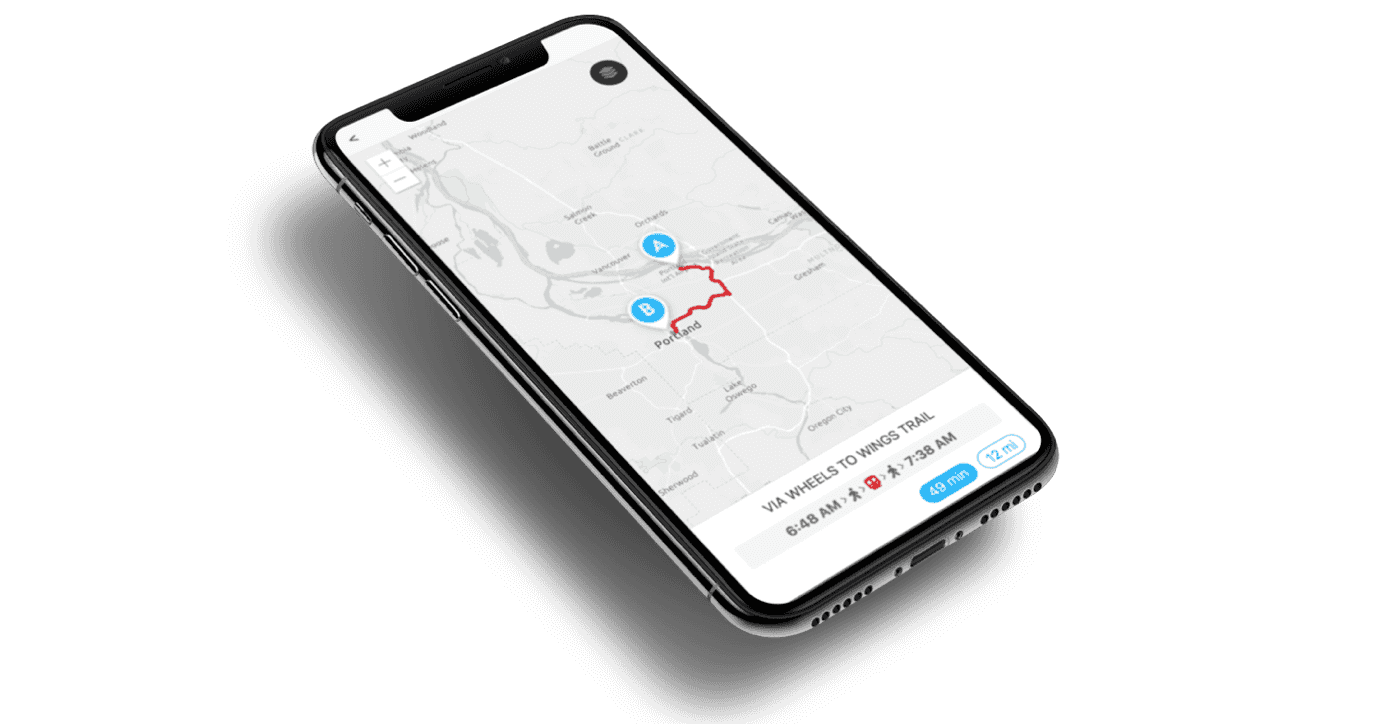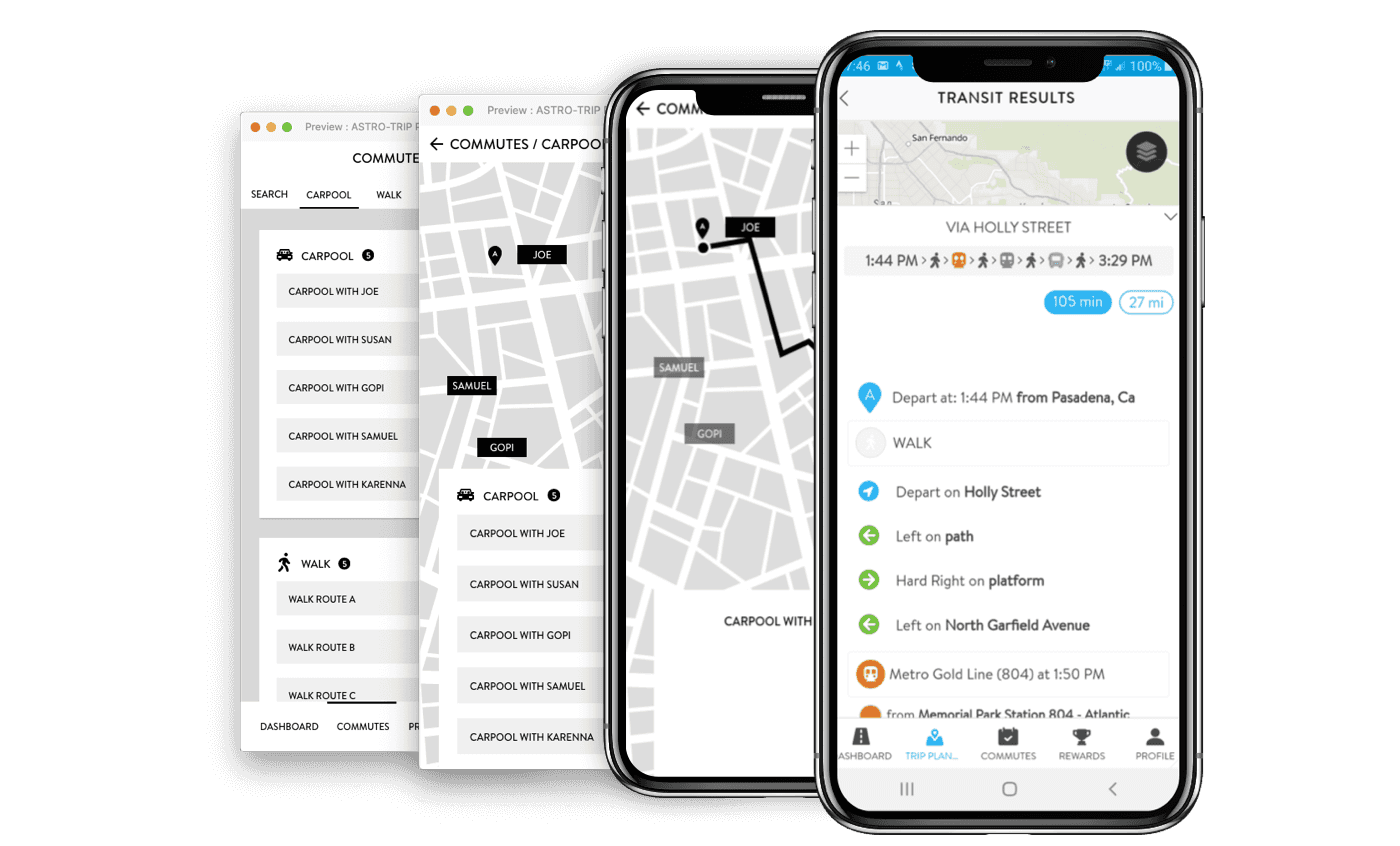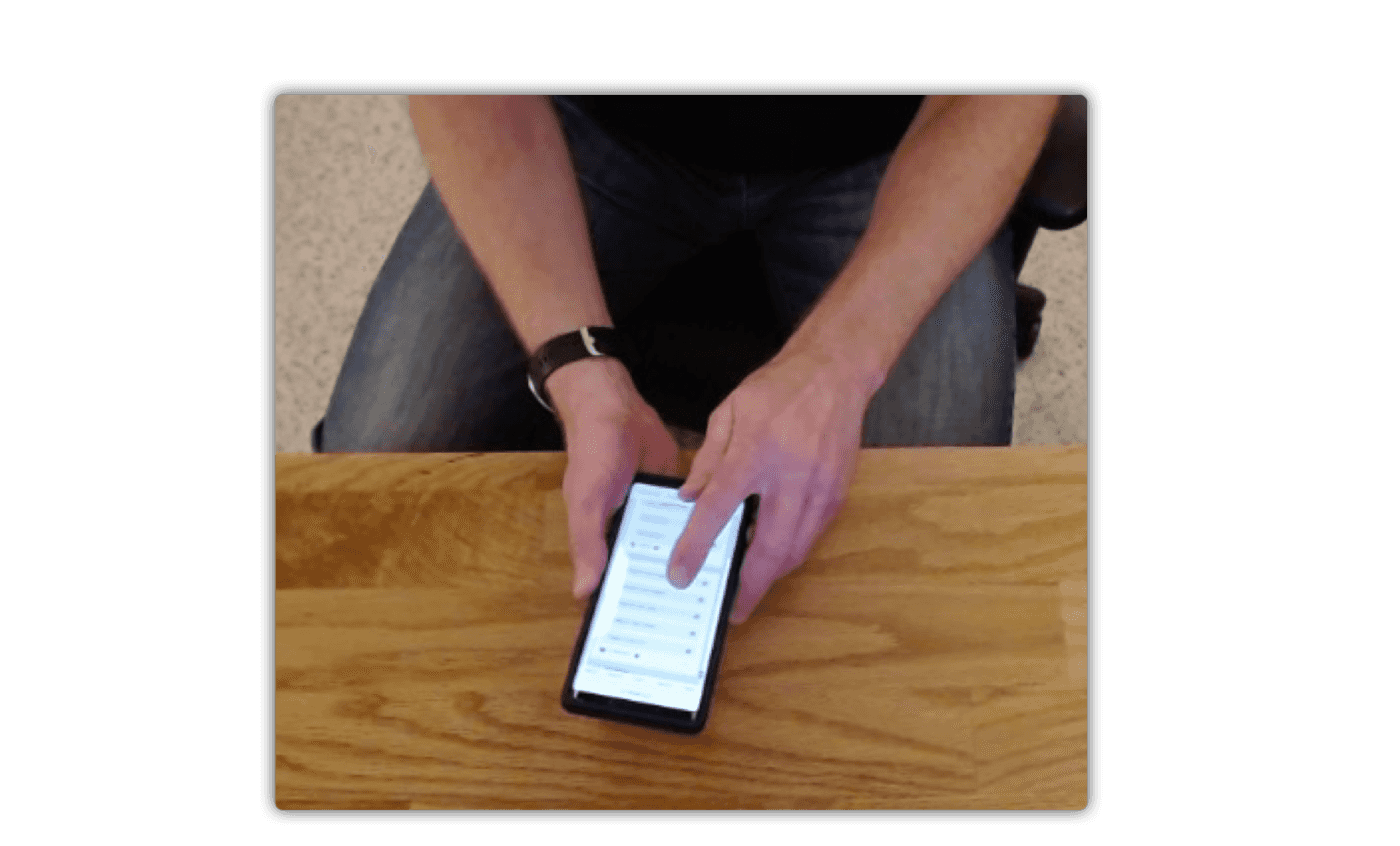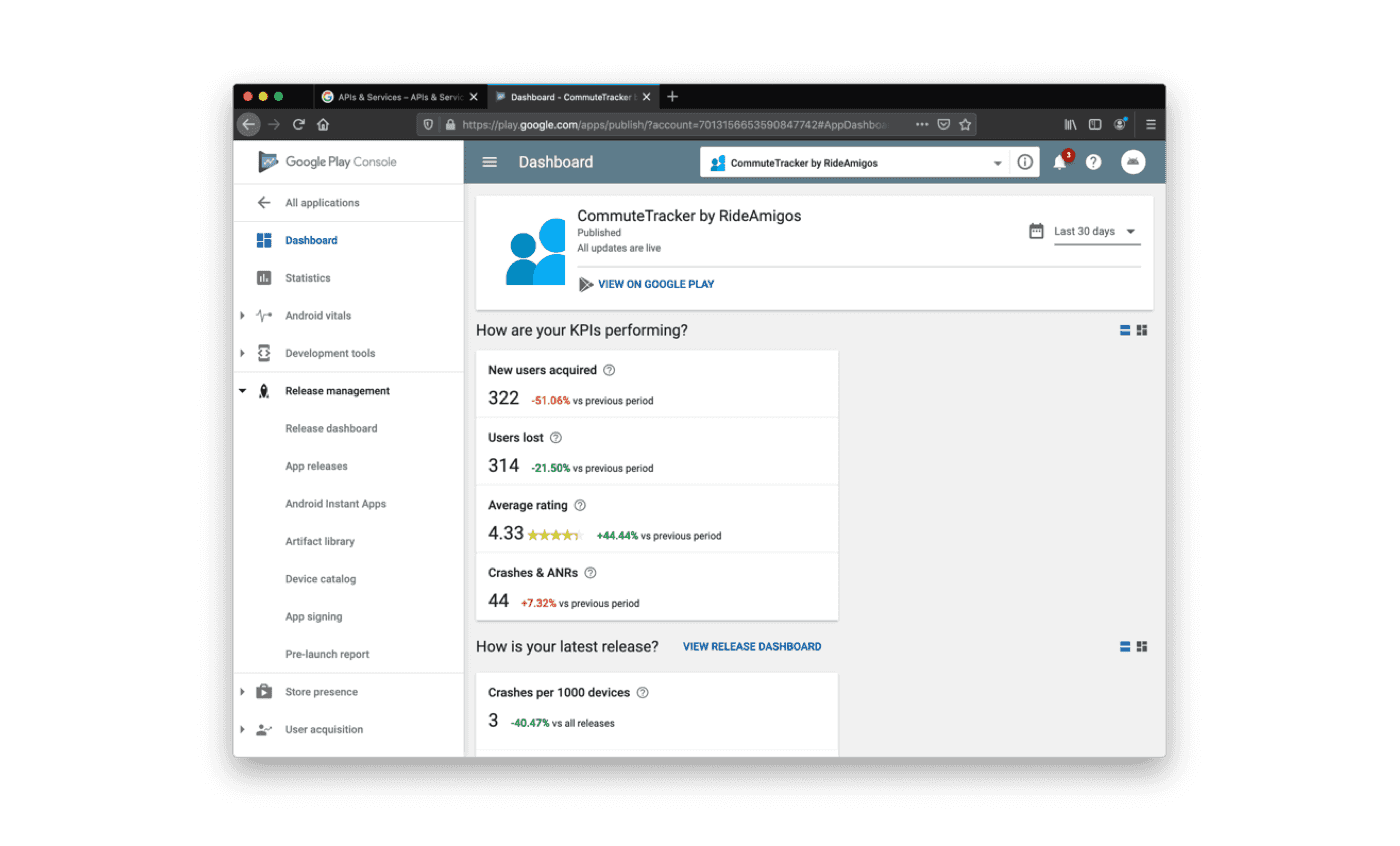RideAmigos Mobile Trip Planning
design / prototyping / user testingDesign, prototype and testing of new mobile trip planning feature

Problem
RideAmigos Commute Tracker is a location-aware app that automates the process of logging a commuter’s trips and provides employer-funded incentives to encourage more sustainable choices. For several years, users could discover and plan alternative commutes on the website. To increase behavior change, commuters needed to be able to do this on the mobile app as well. For business reasons the feature needed to be implemented in just a few months. All of this presented several design challenges:
- Design a location-aware mobile app that was familiar to users of the website
- Design and build features to work on a brand-new hybrid native/webview architecture
- Go from design to production with minimal user research
The Solution
We began by working a rapid UX design, prototype and testing process into the agile release cycle. At the same time, we began working on the technical challenges of the new hybrid app. Eventually, these paths converged and we began rolling out periodic betas for testing.
My Role
My primary role in this project was to plan and execute the design, prototyping and user testing. A secondary role was to help out with front-end development for the Angular portion of the app.
Research
Due to the short timeline and very limited resources, the initial research included a rapid design, prototype and testing process. We conducted several early cognitive interviews with an XD interactive prototype in order to catch any major UX blockers early.
Insights
Over the course of testing, we found and addressed a number of small UX issues. For example, we found that many users were confused by the language to toggle between “Search for Rider” and “Search for Driver." By switching from words to icons, the usability was (surprisingly) improved.
In early testing, we also found that users were not discovering and chooseing alternative commute modes. To remedy this, we added more available options to the first screen of the interface.
Prototypes
Since we are an Agile organization, the early clickable prototypes were quickly replaced by beta versions of the app which we used in later rounds of cognitive walkthroughs.
Testing and Iteration
Since launch in late Summer 2019, we have added in-app analytics to the testing and iteration process. A first round of in-depth mobile user interviews is currently in the planning phase.
Conclusions
There were a number of constraints for this project, including time pressure, limited resources, and the need to significantly change an existing and familiar application. We were able to limit the risks through early prototyping, user testing, and by rolling out the application using a phased approach.
Since launch the application usage has increased along with its ratings in both the Android and iOS app stores. Several new customers have cited the Mobile Trip Planning feature as a significant part of their decision to use the service, and use of the Mobile Trip Planning feature has increased. It is important to point out that this project was a hard-won success by an excellent team of developers, testers and support staff.





